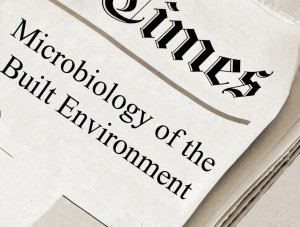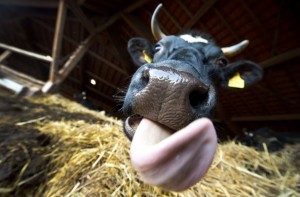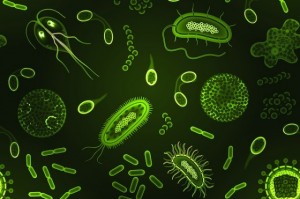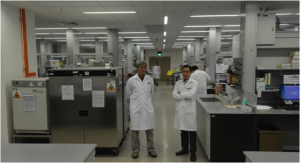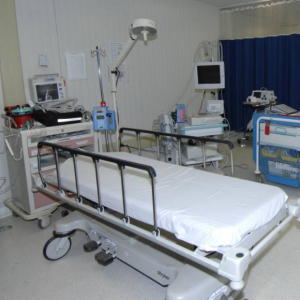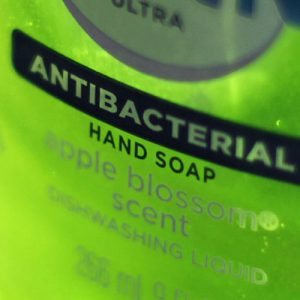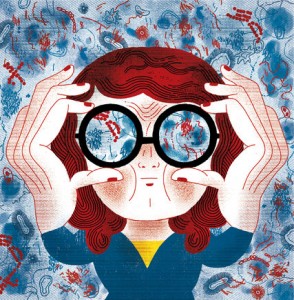Microbes found in ambulances Not surprisingly, bacteria could be detected after swabbing surfaces in ambulances. Detection and characterization of surface microbial contamination in emergency ambulances – Aketza Varona-Barquin – American Journal of Infection Control ($35.95) A cross-sectional study was performed in 10 emergency basic life support ambulances operating in Bilbao, Spain, to assess surface bacterial …
This recently published closed access paper by Sancheza, et al claims that levels of antibiotic resistance genes and antibiotic resistant bacteria are higher in outdoor air samples downwind of conventional cattle farms compared to organic cattle farms as shown with 3 different methods. This comes as little surprise, as it wasn’t until December 2013 that the …
In light of the Cold Fire that started yesterday evening in the central valley of California, I started to wonder, ‘what happens to microbes?!’ I found myself in a literature click hole of fantastic papers that studied how fire impacted soil microbial communities in several different ecosystems. What surprised me most is how fast researchers …
The winners of the Bill & Melinda Gates Foundation Global Grand Challenges Round 16 were announced recently. Among the challenge topics included in this round of competition was Novel Approaches to Characterizing and Tracking the Global Burden of Antimicrobial Resistance. The Gates Foundation made six awards in this topic area: Christopher Mason of Cornell University (USA) will generate a global …
This is a guest post from Dr. Koh Tse Hsien who maintains the blog Microcosm and also is in the Pathology Department at Singapore General Hospital. Clinical microbiology and social media We are a diagnostic laboratory that provides bacteriology services to a busy 1600-bedded tertiary care hospital in Singapore (http://www.sgh.com.sg). We receive about 360,000 specimens a year. …
microBE.net is an awesome name, so I wasn’t that surprised to find that the CDC has it’s own MicrobeNet that they launched in 2013. MicrobeNet is a free online curated database of emerging bacteria and fungi that aims to improve reference diagnostics and pathogen identification. The database includes genetic sequence data (16S rRNA), biochemical data, morphological characteristics and antibiotic resistance profiles for about 2,400 species, as well …
An open access article entitled “Evaluation of disinfection efficiency in pet’s hospital by using chlorine dioxide” was recently published in Sustainable Environment Research. In this study, the authors investigated the efficacy of chlorine dioxide in reducing the concentration of bacteria and fungi in bioaerosols in an animal hospital. Chlorine dioxide is an effective disinfectant commonly …
This article by Beth Mole is a fairly detailed summary of recent research on the effects of antimicrobial soaps. As we have mentioned before on microBEnet, antimicrobials increase resistance in the environment, wildlife, and people. In addition, the soaps are often not used for long enough to confer a benefit. The article particularly focuses on triclosan and triclocarban, …
In the wake of the Obama administration’s plan to decrease antibiotic usage in livestock, farmers are now trying to find alternatives that have fewer ecological and human health impacts. In an effort to reduce reliance on antibiotics, researchers at Iowa State University are testing if Lactobacillus species found in yogurt might have a similar health effect on livestock as …
There is a wonderfully essay by Tal Abbady coming out in tomorrow’s New York Times (and available online now). A few years in Spain, and my mother’s last days, helped me see the futility of a sterilized life. Source: Less Disinfectant, More Rioja The essay is about many things, including differences between cultures (pun intended …
